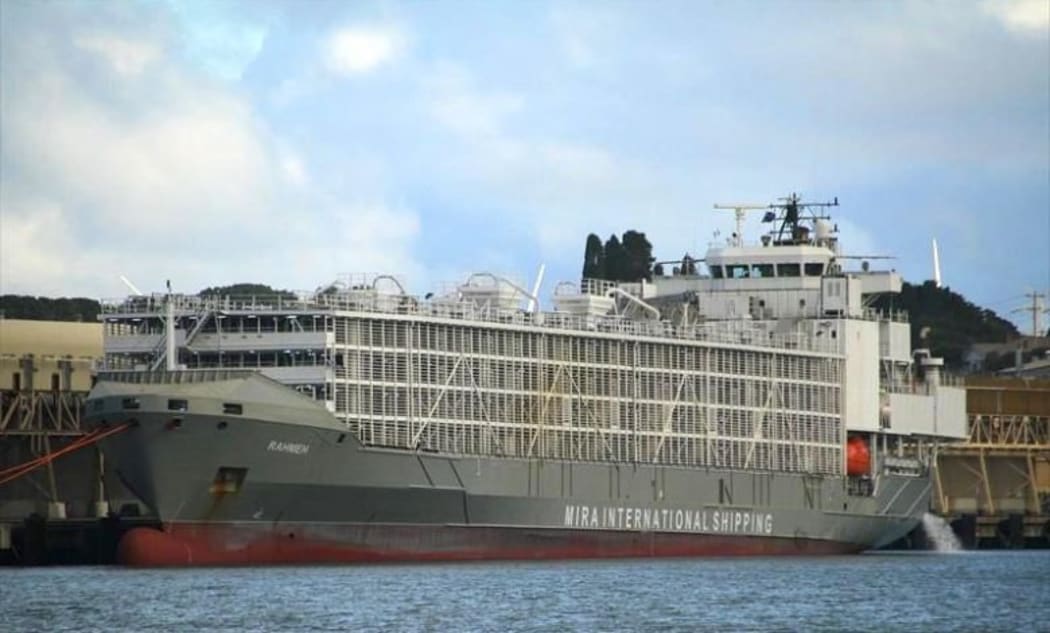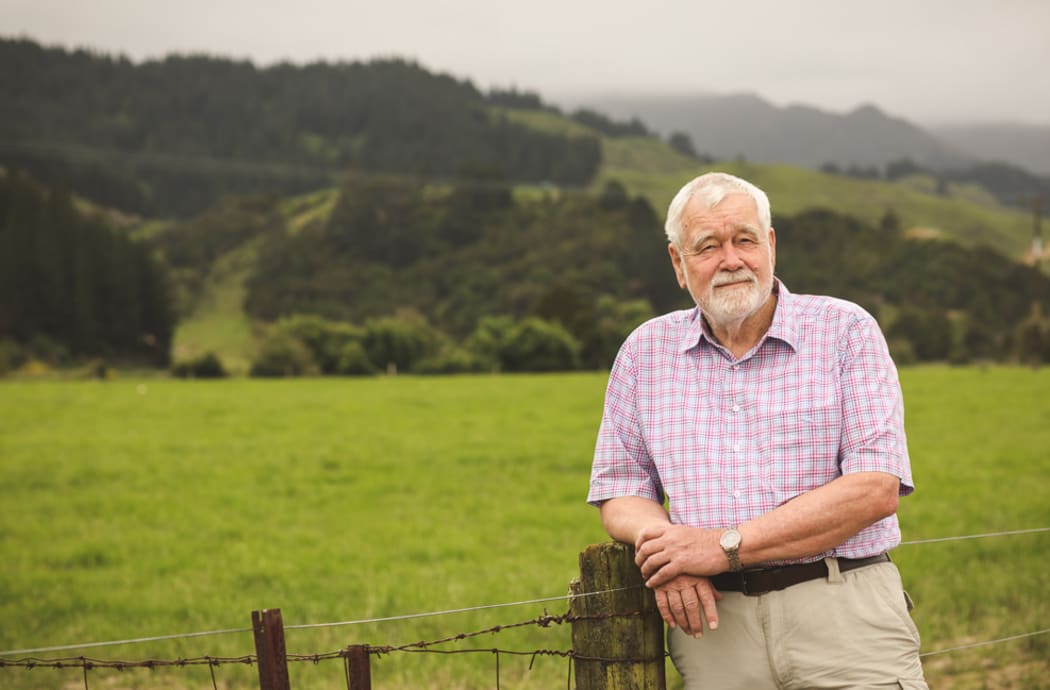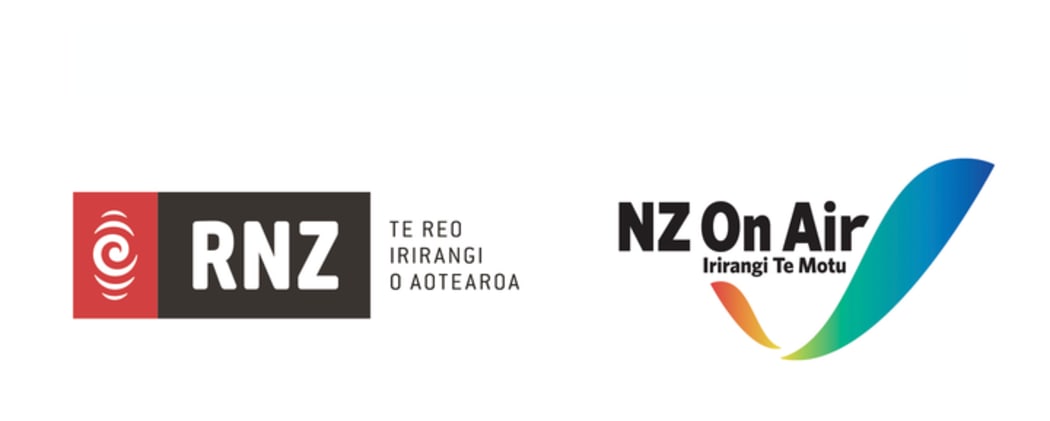
Gulf Livestock 1 Photo: Splash247.com
The sinking of a cattle-carrying ship earlier this month, with the loss of most of the 43 crew members and all of the 5800 cows on board has once again highlighted the problems with the live export of animals. But banning the trade is far from easy.
On September 3, the Ministry for Primary Industries suspended live animal exports after the Gulf Livestock 1 ship travelling from Napier to China sank in a tornado with 43 crew members and almost 6000 cattle on board.
Some farmers called it a freak accident; animal rights groups called for a permanent ban; Agriculture Minister Damian O’Connor said we should wait for the results of a review commissioned last year into the live animal trade, but warned it won’t be out until after the election.
Today on The Detail, Nikki Mandow talks to two agriculture policy experts - former MAF chief veterinary officer John Hellstrom and former director general Murray Sherwin - about the long, tortuous and sometimes terrible story of live animal exports.
She finds a history as old as human settlement and made up of long periods where people mostly ignored what was going on, punctuated by some terrible accidents and times when leaked footage of atrocities on board ships and in export markets sparked public protests, and government involvement.
These produced gradual improvements, saw the trade move from live sheep for slaughter to pregnant dairy cows for breeding, but never wiped it out entirely.
Mandow also speaks to Newsroom’s science reporter Farah Hancock about why in 2020 we even need to send live animals overseas. Surely sperm straws and embryos in liquid nitrogen can do the job more cheaply and with no risk to animal welfare? The answer to that question is not simple.
Hellstrom calls the trade “scurrilous” and estimates the number of live export voyages where something goes wrong could be as high as one in 10.

John Hellstrom says there are more sophisticated ways of exporting animal genetics Photo: Jessica Jones Photography
But he says the issue with live exports is as much about what happens to the animals when they get to their destination, as about conditions on board ships. New Zealand stopped sending sheep and goats overseas, partly because of the appalling conditions in some abattoirs and backyard slaughterhouses.
But Hellstrom says conditions in many factory dairy farms in China and elsewhere are also harming our cows.
“The illusion is maintained that it is ethically, and from a welfare point of view okay, to send animals for breeding because they were going to a destination where they would live a long and happy life being a dairy cow and producing calves and milk.
“The reality is they are mainly going to large feedlot operations, where there is high mortality and poor fertility. The way they treat bobby calves shouldn’t be mentioned in public, and they don’t have any significant welfare protocols for transport or slaughter.”

Scott Harris (left) and Lochie Bellerby were on board the Gulf Livestock 1. Photo: RNZ
Even the day-to-day treatment of cows in big overseas factory farms is a far cry from the picture we have of New Zealand cows munching happily in a field.
“Dairy cows, for example, have an incredible drive to lie down and chew their cud - it’s how they have evolved. They need to spend almost half their day resting peacefully on the ground. But it’s very hard to set up adequate conditions for that to happen in a feedlot.
“Even when they can lie down, they are often lying down on concrete or in faecal slurry.”
But changing the live export trade isn’t just a question of weighing up economics against ethics and making a decision, Murray Sherwin says.
“We’re a trading nation and there’s a whole set of rules that we’re all signed up to under the World Trade Organisation which are designed to allow international trade to flow smoothly.
“And the fact that you have a different view of animal welfare than the trading partner at the other end isn’t necessarily well dealt with in those trade arrangements.
“Trade lawyers will tell you that you need to be very careful how you structure a ban on a trade of this sort to make it watertight.”
The Australian government could be facing paying up to $A600 million in compensation, after losing a nine-year court battle with the Northern Territories Cattleman’s Association in June this year. The judge ruled aspects of the live export ban imposed by then Prime Minister Julia Gillard’s government in 2011 were “capricious, irrational and unreasonable”.


